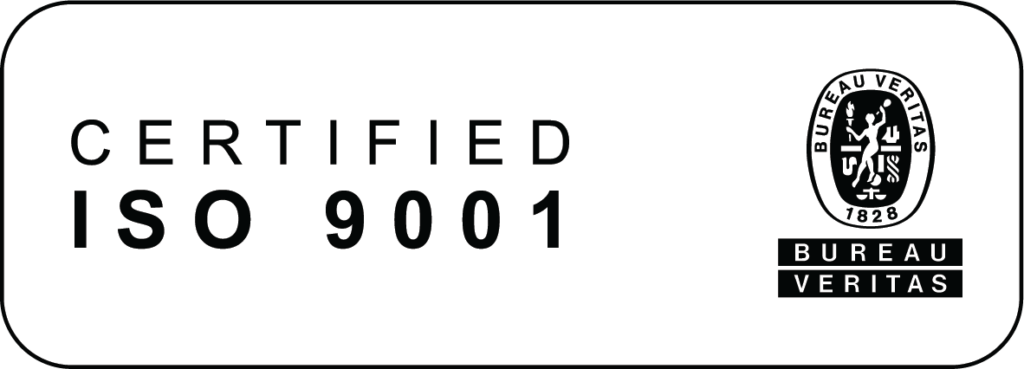Material & process
research & evaluation
Electrode & chemistry
development
Functional cell
prototyping
Cell testing and analysis
Qualification of quality assurance metrics
Digital design and integration
Process development
Manufacturing equipment procurement
Pilot line set-up and process commissioning
Cell initial industrialization
Module and system integration support
OEM integration support
Cell production up-scaling toward 1GWh+
Whether we are co-creating groundbreaking innovations with partners and customers to transform mobility or produce premium battery cells in volume at the highest technical level, our focus is always customer-centric. We provide products and end-to-end services that are both highly differentiated and highly relevant to the industries and customers we serve.
Our commitment to 'energy at its best' signifies a premium benchmark. Our batteries, featuring advanced cell design and mechanics, are crafted with electrodes derived from next-generation materials, integrated high-safety configurations, and optimized performance metrics across diverse technology platforms. This approach ensures superior performance, sustainability, resilience, and efficiency, particularly in high-demand environments.
In our pursuit of groundbreaking innovation, we have achieved industry-defining advancements in material and cell design:
Complementing our material and cell design innovations, our prowess in high-performance volume manufacturing ensures we deliver excellence at scale.
Our premium lithium-ion battery technology paves the way for new applications across multiple industries and acts as catalysts for groundbreaking innovations. As a recognized premium partner of major automotive manufacturers and a key enabler in the advanced air mobility sector, we are at the forefront of the electric mobility revolution. By offering customer-centric premium battery technology and pioneering solutions, we empower our clients to realize their most ambitious projects, be it in high-performance electric mobility on the road, in the air or in other domains.
CustomCells collaborates with Vaeridion, a Munich-based aviation innovator, to develop cylindrical cells for their electric aircraft project. Meeting rigorous certification standards, our high-performance battery cells are integral to the microliner’s vision, targeting aircraft certification by 2028 and market launch by 2030.
Fraunhoferstraße 1D
25524 Itzehoe
Germany
contact@customcells.com
+49 4821-133 92 00
